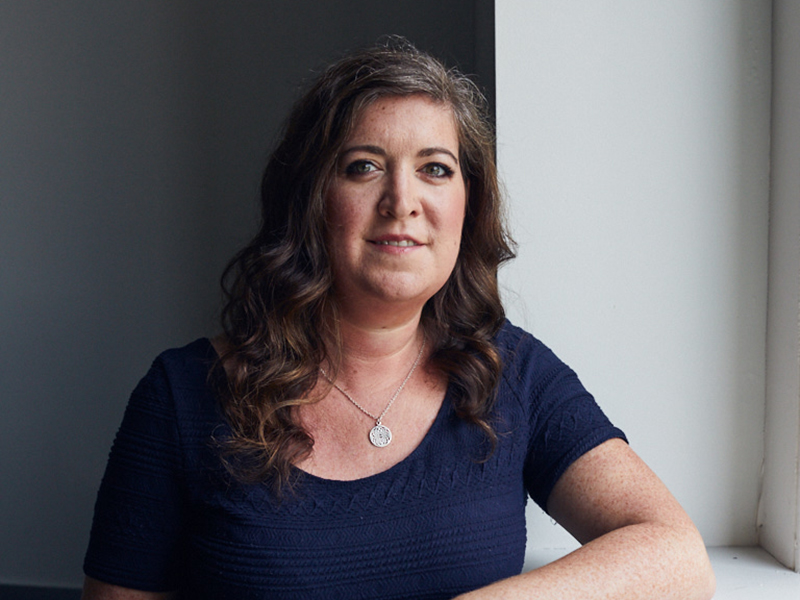
For many people, the holidays are a time filled with family and friends, comforting food, dazzling decorations and all the fixings that instil a spirit of seasonal goodwill. But amid all the presumptive festivities, we don’t typically acknowledge the inherent stress that accompanies the yuletide.
Financial expenses build up, end-of-year deadlines loom and even family time (if you’re lucky enough to have it) can all contribute to feelings of anxiety and stress. And for people who are alone, the solitude becomes all the more jarring when the holidays roll around.
I’m not a grinch, but I certainly feel the downsides of this time of year, so I think it’s important to recognize that not everyone feels jolly during the holiday season.
Read: 49% of Canadians suffer from mental illness at some point: survey
As many Canadian employers take tangible steps towards embracing, accepting and supporting employees’ mental health, why not incorporate this focus into the workplace as another year comes to an end?
According to the Canadian Mental Health Association, one in five people will personally experience a mental-health problem or illness in any given year. By the time they turn 40, half of the Canadian population will have, or have had, a mental illness. And 49 per cent of those who feel they’ve suffered from anxiety or depression have never seen a doctor about the problem.
Whether this is due to stigma, accessibility or cost, it’s difficult to say. But certainly, the stigma or discrimination associated with mental-health issues presents a serious barrier, not only to diagnosis and treatment but also to acceptance in the community and in the workplace.
Our mental health is just as important — if not more important — to our holistic well-being as our physical health. So why is going to the gym or taking a yoga class considered normal, while people who see a psychotherapist or psychiatrist generally keep it to themselves?
Until people’s mental health is normalized, we’ll never make the same progress our society has seen in other health-care realms.
In the case of accessibility, the multi-employer Health Benefit Trust of Alberta discovered in 2017 that referral to a psychiatrist in the province could take anywhere from five to 12 months. This month’s Employer Strategy looks at how the trust redesigned its mental-health approach to directly respond to this problem.
Read: How the Health Benefit Trust of Alberta redesigned its mental-health program
And cost? Well, many plan sponsors are demonstrating the savings that come with facing mental-health issues head on. A focus on early intervention led to Staples Canada’s win in the mental-health category at Benefits Canada’s 2018 Workplace Benefits Awards in October.
Since it introduced a new mental-health strategy five years ago, the organization has seen an $8 million reduction in paid short-term disability claim costs. As well, it’s dramatically reduced total days lost, significantly increased return-to-work outcomes and reduced long-term disability outcomes.
At Benefits Canada’s annual Mental Health Summit Toronto in November, industry experts tackled the many complex issues around mental health, with the theme of innovative digital therapies running through the presentations. These programs, which include online cognitive behavioural therapy and pharmacogenetic testing, certainly have a role to play in reducing the stigma around mental-health issues, increasing accessibility to treatment and confronting employer’s cost concerns.
Read: Conference Coverage: 2018 Mental Health Summit Toronto
Speaking at the event, Nitika Rewari, the Mental Health Commission of Canada’s manager of workplace mental health, told the audience how the organization followed a number of employers through qualitative interviews, economic analysis and document reviews, looking at the costs and benefits of accomodating individuals who were disclosing their mental illnesses.
“For organizations, the benefits were anywhere from double to seven-times in savings for a five-year projection,” said Rewari. “And in actual dollars, it came out to be anywhere from $56,000 to $200,000 per employee in benefits, if you think about absenteeism, turnover rates and all of those costs that we know.”
In addition to the human factor, there’s certainly a business case for focusing on employees’ mental health. So as you prepare to wrap up the working year and ring in 2019, take some time to consider how your staff are feeling as they head into the holiday season — and what you can do to support and even alleviate any mental-health concerns.
Happy holidays from all of us at Benefits Canada and we look forward to sharing more with you in 2019!
Jennifer Paterson is the editor of Benefits Canada.
